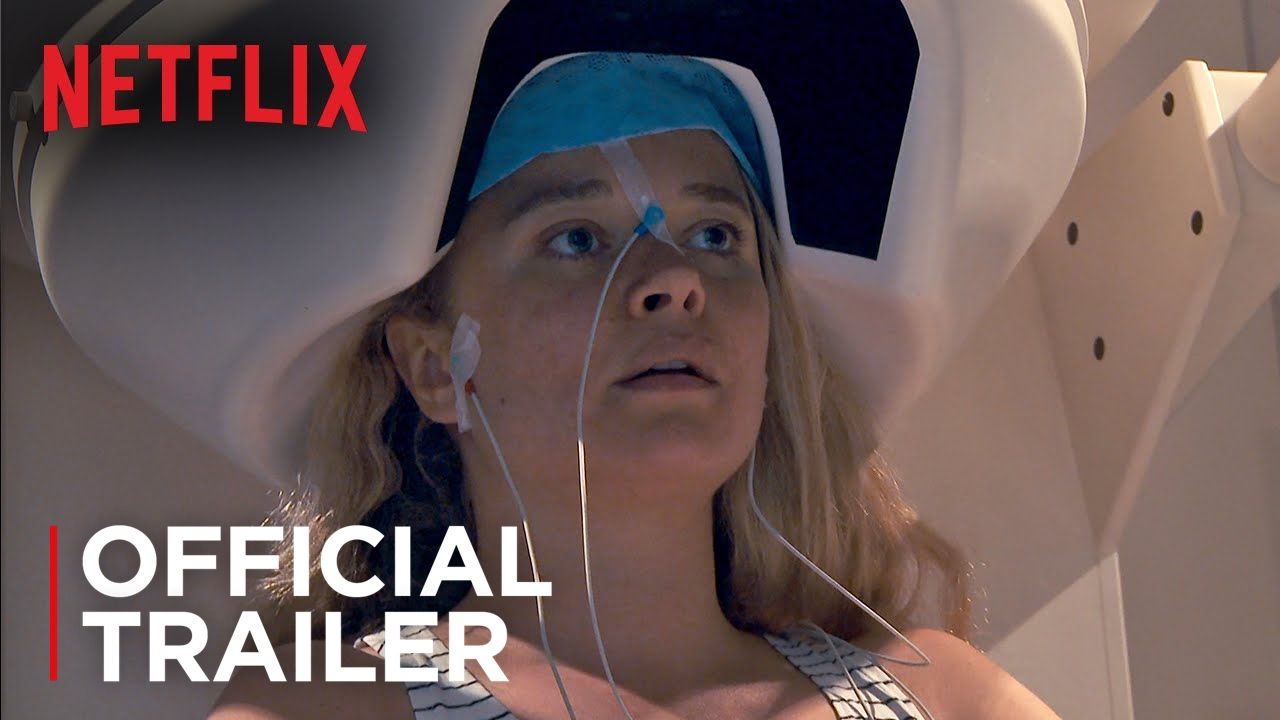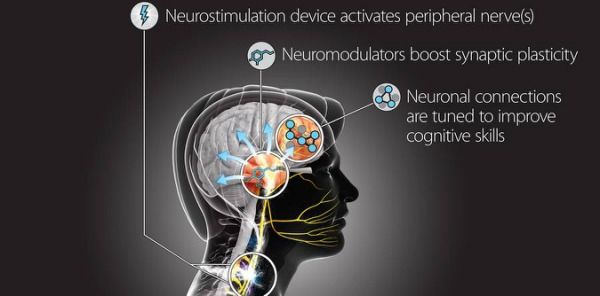Page 11320
Mar 23, 2016
EmDrive: NASA Eagleworks confirms paper on controversial space propulsion is under peer review
Posted by Andreas Matt in categories: biotech/medical, space travel
NASA Eagleworks engineer Paul March asks EmDrive fans to be patient as a paper is now being peer-reviewed.
Mar 23, 2016
Hypersonic Flying Tech Could Help Us Reach Any Location on Earth in One Hour
Posted by Andreas Matt in category: military

Hypersonic technology vehicles could revolutionize the way that we get around the globe. Research and testing is currently being carried out by several companies.
There are several hypersonic crafts under development, and they could greatly alter the way that we travel. Indeed, many of these designs have already provided valuable insights into how we can quickly and efficiently get from one side of the globe to the other.
Continue reading “Hypersonic Flying Tech Could Help Us Reach Any Location on Earth in One Hour” »
Mar 23, 2016
Gene Tool Shows Promise In Curing HIV, Cancer and Autism
Posted by Sean Brazell in categories: bioengineering, biotech/medical
Gene editing tool CRISPR-Cas9 has made it possible to isolate RNA in living cells for the first time.
Mar 23, 2016
Research Shows That Our Brains Are Ready for Teleportation
Posted by Andreas Matt in category: neuroscience
New research shows that teleportation doesn’t break our brains. In fact, our brains are able to keep up and can even register how fast the teleportation process occurs and how far one travels when they are transported.
Even though we’ve only just begun to scratch the surface of teleportation technology, we already have a pretty good idea about how the brain handles the experience of being “beamed” from one place to another. Or at least, we think that we do.
New research indicates that, rather than becoming a confused and sputtering morass as a result of the experience, our brains are able to keep up and can even register how fast the teleportation process occurs and how far one travels when they are transported.
When Google became Alphabet, the rationale seemed simple: that a company of companies can innovate faster than a single large beast. But that’s only the start.
Mar 23, 2016
LiTHIUM-X | TSX-V: LIX
Posted by Klaus Baldauf in categories: economics, energy, habitats, sustainability, transportation
The world is shifting to clean and renewable energy to power homes and transportation. Just like electronic devices, all green homes and cars will require Lithium-ion batteries to store energy and power them. LiTHIUM X locates and develops lithium assets with the goal of supplying the increasing demand from global battery giants like Panasonic, AESC, LG, BYD and – soon – utility companies.
LiTHIUM X is a lithium resource explorer and developer with a focus on becoming a low-cost supplier for the burgeoning lithium battery industry. Its Sal de los Angeles project is situated in the prolific “Lithium Triangle” in Salta Province, Argentina. The project is comprised on 8,156 hectares covering the nucleus of Salar de Diablillos with approximately C$19 million having been invested in the property by previous operators, including $16.2 million in work completed at Sal de los Angeles between 2010 to 2015. It contains high grade brine with a historic NI 43–101 resource of 2.8 million tonnes LCE and historic positive project economics.
LiTHIUM X also has the largest land package in Clayton Valley, Nevada covering over 15,040 acres between its Clayton Valley North project and Clayton Valley South extension. Both land packages are contiguous to the only producing lithium operation in North America – Silver Peak, owned and operated by Albemarle, the world’s largest lithium producers.
Mar 23, 2016
My Beautiful Broken Brain — Official Trailer — Netflix [HD]
Posted by Sean Brazell in categories: education, neuroscience

Stunning and beautifully heartfelt documentary of a young woman, stripped of her most cherished abilities, fighting hard to reclaim her life in the face of the indifferent cruelty that defines the natural world.
“A stroke stripped her of the skills she needs to function. This documentary captures the strange new world she inhabits, teeming with color and sound. Only on Netflix March 18th.”
Mar 23, 2016
DARPA Wants to Hack Your Nervous System to Turn You Into a Super-Spy
Posted by Sean Brazell in categories: cyborgs, encryption, neuroscience
Imagine mastering instruments, learning to tango and becoming fluent in French — in months, weeks, even days. No, it’s not science fiction: A new program by the government’s Defense Advanced Research Projects Agency aims to tweak your nervous system to make you learn better and faster.
The goal of the new DARPA program, called Targeted Neuroplasticity Training, is to stimulate your peripheral nervous system, the network of nerves on the outside of your brain and spinal cord, to facilitate the development of cognitive skills. If it works, TNT could become a faster and cheaper way to train people on foreign languages, intelligence analysis, cryptography and more.
The night before the Space Shuttle Challenger was due to lift off, on January 27, 1986, Bob Ebeling tried to talk his boss out of approving the launch. Ebeling was an engineer for a NASA contractor, one of five who worried that the rocket boosters’ “o-rings” might turn brittle in the overnight cold, and that leaking fuel could lead to an explosion. Ebeling’s supervisor refused to stop the launch, and the shuttle exploded the next day, killing 7 astronauts, including a school teacher. A Presidential Commission would later vindicate Ebeling and his colleagues.
Over at NPR, Howard Berkes has written a moving remembrance of Ebeling, who was wracked by guilt for decades. The morning of the launch, Ebeling drove to work to watch the event from a company conference room. He was accompanied by his daughter:
“He said, ‘The Challenger’s going to blow up. Everyone’s going to die,’” [she recalled.] “And he was beating his fist on the dashboard. He was frantic.”
















